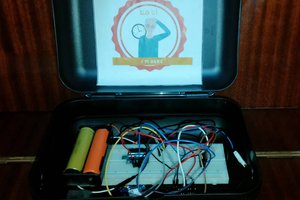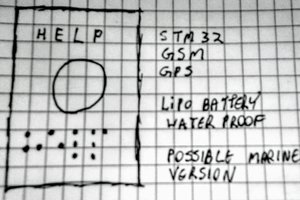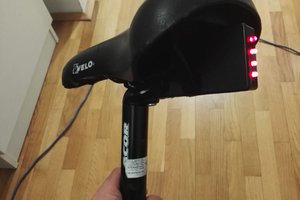The Problem
Accidents happen all the time and around the globe.
Emergency services receive calls all the time of accidents (mostly not fatal), and rush to the scene.
The least we want is to delay the call or worse failing to give accurate information of the accident.
Some accidents are not discovered immediately if they happen in rural areas (40% of all accidents are rural), some are discovered minutes and hours after the accident.
In most serious accidents, 5 minutes could be a life or death situation.
Proposed Solution
In view of this fact, it is necessary that through technology we would reduce delays cause by human error, to a minimum.
The proposed solution requires no human intervention and will alert emergency services instantly following a crash.
Installation of the device is very easy. It only requires a 12v DC input from the Car and the case should be attached firmly using strong double sided tape, (I am currently proposing the underside of the driver's seat but this will be open for research and discussion). The case will be insulated with high impact foam from the inside to protect the components upon impact.
A battery will ensure that supply will not be disrupted in case of car power failure.
The device will keep track of the g-force felt by the car upon impact, and the GPS position. 2 accelerometers will be at work and their average is considered the true value. However if the difference between them is greater that 5g the largest value wins, hence reducing the possibility of a failure.
If the result is > 15g (this still to be determined and researched) the GSM module sends an SMS to multiple numbers (including the Emergency Service).
An SOS button will also be included in cases of other emergencies which do not involve crashes.
 Klaus
Klaus



 ssla-couk
ssla-couk
 Yassin Ali Salah Ali
Yassin Ali Salah Ali
 haydn jones
haydn jones
 Marin Vukosav
Marin Vukosav
For emergency responders, you should gather some diagnostic info from the OBD.
Vehicle speed at impact.
positive/negative airbag deployment.
for newer cars, seating position sensors where applicable. This would be good to estimate number of persons onboard (these sensors used for smart airbag systems for airbag control, delta-V from the airbag system (likely won't mean much, but if it can be converted into a usable format, it can be useful to know.